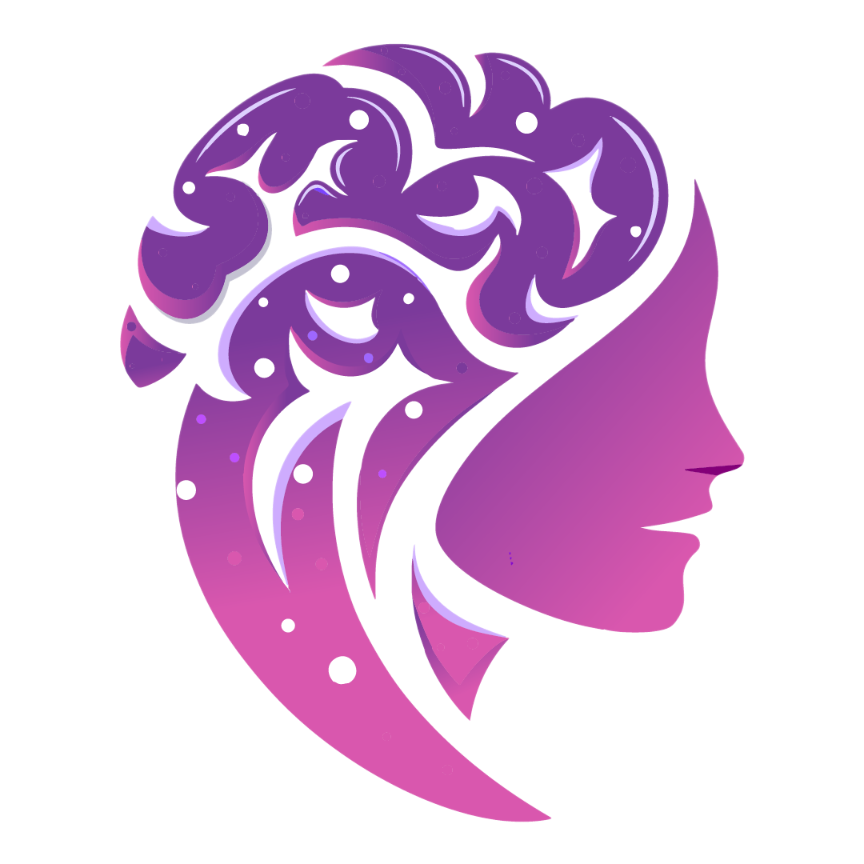How to Track Your Menstrual Cycle and Why It’s Important
How to Track Your Menstrual Cycle and Why It’s Important By Monica Introduction Your menstrual cycle is a window into your overall health, offering insights that can help you manage your physical, emotional, and reproductive well-being. Tracking your cycle is a simple but powerful way to better understand your body, predict symptoms, and even plan for future family goals. In this post, we’ll walk you through how to effectively track your cycle and highlight why it’s crucial for your health and happiness. The Menstrual Cycle (A Quick Overview) The menstrual cycle is more than just your period. It’s a monthly process that prepares your body for pregnancy and involves four key phases: Menstrual Phase: Your period, where the uterus sheds its lining. Follicular Phase: Your body prepares to release an egg. Ovulation: The egg is released, making this the most fertile phase. Luteal Phase: After ovulation, if the egg isn’t fertilized, your body prepares for the next cycle. Everyone’s cycle is a little different, with the average length ranging from 21 to 35 days. Keeping track of where you are in your cycle can reveal patterns that help you understand your health better. Why Tracking Your Menstrual Cycle Matters Detecting Irregularities Early – Cycle irregularities like missed periods or heavy bleeding can be early signs of health issues, including hormonal imbalances, thyroid problems, or reproductive disorders. Tracking allows you to spot these red flags early and seek medical advice. Managing Symptoms – By tracking your symptoms—such as cramps, bloating, or mood swings—you can anticipate when they’re likely to occur and better manage them with lifestyle adjustments or treatments. Empowerment and Body Awareness – The more you understand your body’s rhythm, the more in control you feel. Whether you’re planning pregnancy or just managing your overall health, cycle tracking helps you make informed decisions. Family Planning or Birth Control – If you’re looking to conceive, knowing your fertile window (the few days surrounding ovulation) is key. Conversely, tracking your cycle can also help avoid pregnancy naturally by understanding when you’re least likely to conceive. Improving Healthcare Conversations – When you track your cycle, you can provide your healthcare provider with detailed information about your periods, helping them offer more tailored advice and solutions. The Best Ways to Track Your Menstrual Cycle Use a Calendar – Mark the first day of your period on a calendar and count the days until your next one starts. This helps track your cycle length and predict when your next period will begin. Symptom Journals –Keeping a journal of your physical and emotional symptoms each day can help identify patterns. You might notice certain moods or energy levels coincide with specific phases of your cycle. Wearables – Some wearable devices, like fertility monitors or smartwatches, can help track physiological changes like body temperature, which can indicate ovulation and help you fine-tune your cycle tracking. Menstrual Tracking Apps – There are many apps designed to make tracking your cycle easy and intuitive. Apps like Flo, Clue, and My Calendar allow you to log symptoms, cycle length, and even ovulation indicators. These apps often provide insights into your cycle based on the data you enter. 4. Key Things to Track Cycle Length: The number of days from the start of one period to the start of the next. Menstrual Flow: Whether your flow is light, moderate, or heavy on each day of your period. Symptoms: Physical and emotional changes like cramps, headaches, fatigue, or mood swings. Ovulation Signs: Changes in cervical mucus, basal body temperature, or using ovulation tests to determine your most fertile days. Conclusion Tracking your menstrual cycle is a simple, yet effective, way to take control of your health. By staying informed about your body’s patterns, you can manage symptoms, detect potential issues early, and plan your life more easily. Start tracking your cycle today and experience the benefits firsthand!


